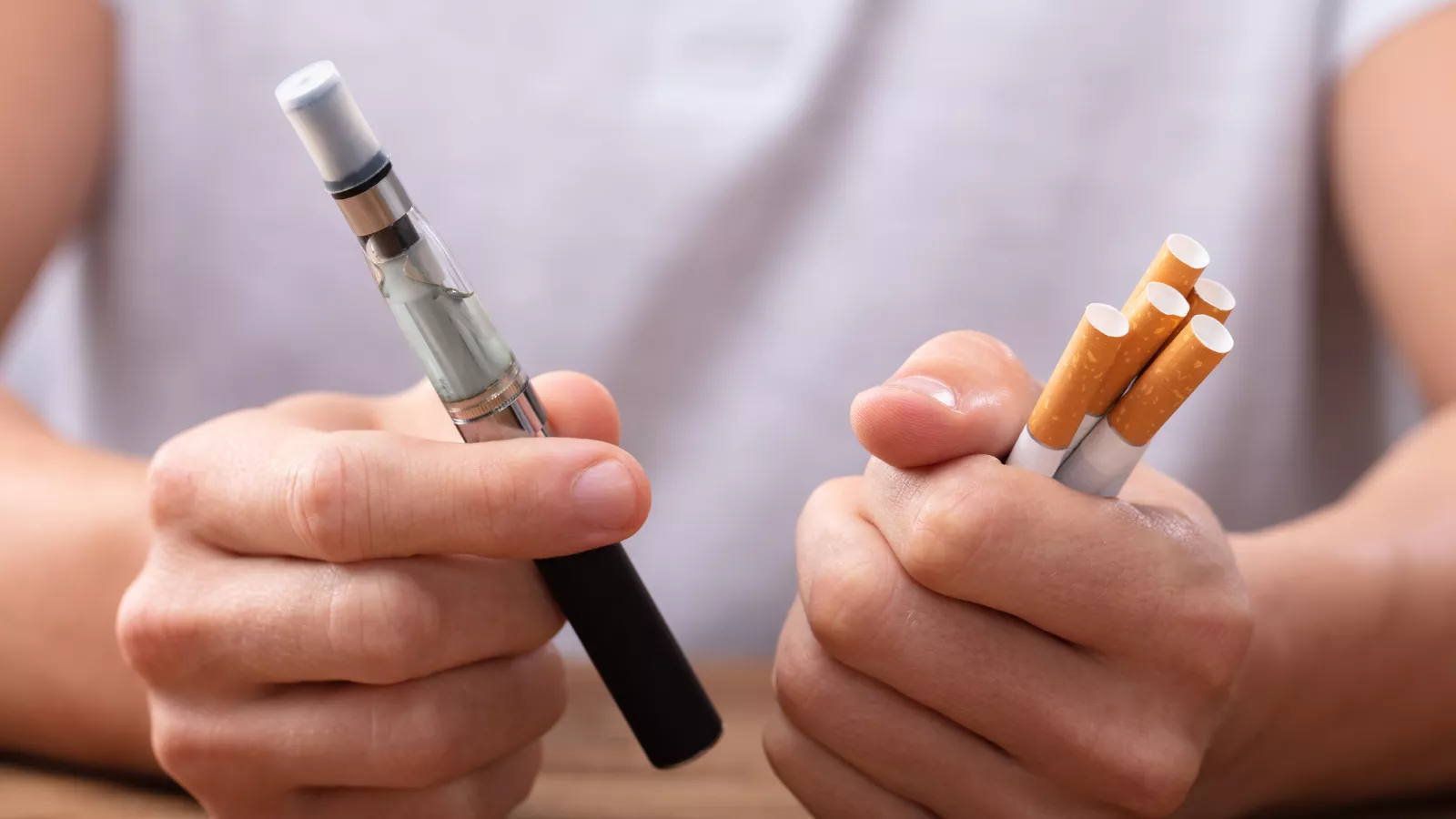Peyronie's disease is caused by scarring modules of scar tissue that develop under the skin of the penis. During erections, these scars may cause the penis to bend in any direction. The scars can sometimes be painful and can often be felt through the skin.
Almost 9% of men develop Peyronie's disease in their older age. Seek the help of the best urologist in Kochi for medication or surgery if symptoms persist or worsen.
What is Peyronie's Disease?
The penis has three sponge-like tubes known as the corpora cavernosa and the corpus spongiosum through the urethra pores. The function of the penis is to expel urine through the urethra and ejaculate sperm.
The erectile tissue (corpus cavernosa) of the penis comprises tubes that get filled with blood when a man becomes sexually aroused, causing an erection. The calcium present in the cells helps in the contraction and relaxation of the penile smooth muscle.
Peyronie's disease occurs when modules of scar tissue on the elastic shell covering the corpora cavernosa which can be beneath the skin of the penes, causing the penis to curve awkwardly when it is erect.
What Causes Peyronie’s Disease?
Genetics may be involved in the development of Peyronie's disease. It is most often caused by injury to small blood vessels, which occurs as a result of strenuous intercourse, sports-related trauma, surgery or another kind of accident. Cells may be trapped during the healing process, resulting in scar tissue.
There is a possibility that a person could acquire Peyronie's disease if there is persistent scar tissue. When the penis is erect, the scarred area of the shell that cannot stretch pulls thus, bending it to the direction of the scar. However, Peyronie's disease does not always manifest in men who sustain penile injuries. Some people may be more predisposed to it than others due to certain risk factors.
What are the Risk Factors of Peyronie’s Disease?
Peyronie's disease appears to be influenced by genetics and ageing. Some people may have a hereditary predisposition to the disorder because it can run in families and be inherited.
As people age, changes in tissues make injuries easier to sustain and healing more difficult. They are more likely to experience the disorder as a result.
Peyronie's disease is more likely to affect those who have Dupuytren's contracture (a condition of the connective tissue). The hand thickens with Dupuytren's contracture, which causes your fingers to pull inward.
What are the Symptoms of Peyronie’s Disease?
Signs and symptoms of Peyronie's disease might emerge suddenly or develop gradually. The most common signs and symptoms are:
- Scar Tissue: A type of scar tissue linked with Peyronie's disease that is distinct from the plaque that accumulates in blood vessels. It can be felt as flat lumps or a ring of hard tissue under the skin of the penis
- Curved penis: Your penis may have an upward, downward or sideways curvature
- Erection issues: Peyronie's disease may make it difficult to achieve or sustain an erection (erectile dysfunction). However, erectile dysfunction is frequently reported by men before the onset of the symptoms of Peyronie's disease symptoms
- The penis becomes smaller: Peyronie's illness may cause your penis to shrink in size
- Pain: With or without having an erection, you could experience penile pain.
Other penile abnormalities: Some Peyronie's disease patients may have a slightly narrow penis while erect. It may also appear indented, or even hourglass-shaped, with a tight, thin ring encircling the shaft.
What is the Treatment for Peyronie’s Disease?
About 13 out of 100 times, Peyronie's disease resolves on its own without treatment. The majority of medical professionals advise delaying surgery for the first 12 months after the condition is first diagnosed. Men with minor plaque, little penile curvature, no pain and no sex-related issues may not require treatment. There are numerous options if you require medical attention.
Medication
Oral drugs: Men who are severely afflicted by the condition during the acute period may benefit from drug therapy. Because long-term studies have not demonstrated a strong benefit, the majority of society's guidelines do not advocate oral medications.
Oral vitamin E: Antioxidant vitamin E is well-liked due to its minor side effects and affordable price. Vitamin E supplementation may help reduce plaque size and straighten the penis, according to research. However, the majority of this research did not contrast vitamin E users with those who did not use it (a control group). A small number of research studies on vitamin E that included a control group claim that it is no more effective than a placebo (sugar pill with no active ingredients).
Surgery
If the malformation of your penis is sufficiently unpleasant or severe or prohibits you from having intercourse, the urologist may recommend surgery. Surgery is typically not advised until 9–12 months have passed since the onset of the problem and at least 3–6 months have passed since the curvature of your penis has stabilised.
Additionally, for greater results, traction therapy may be applied during the chronic stage of the illness in combination with other therapies or following surgery.
Traction therapy
Traction therapy is advised in the early stages of Peyronie's disease. Penile traction therapy includes stretching the penis for some time with a self-applied mechanical device to improve curvature, deformity and penile length. Additionally, for greater results, traction therapy may be applied during the chronic stage of the illness in combination with other therapies or following surgery.
FAQs
1. What can be confused with Peyronie's disease?
Peyronie's disease is often confused with congenital curvature of the penis.
2. How long does Peyronie's disease last?
Peyronie's disease-related problems, like penile shortening and curvature, may gradually become worse. However, in normal cases, the problem usually stabilises after around 3–12 months, and within 1–2 years, the pain experienced during erections will also subside, but the scar tissue, penile shortening and curvature may last for a longer period of time.
3. Can excessive masturbation cause Peyronie’s disease?
Researchers have not yet found what causes this disease.
4. How do doctors test for Peyronie's?
They test and diagnose this disease through a physical exam.
5. What happens if you don't treat Peyronie's disease?
Untreated Peyronie's disease may result in long-term issues with tension, inability to have a satisfying sexual experience and penile pain.





